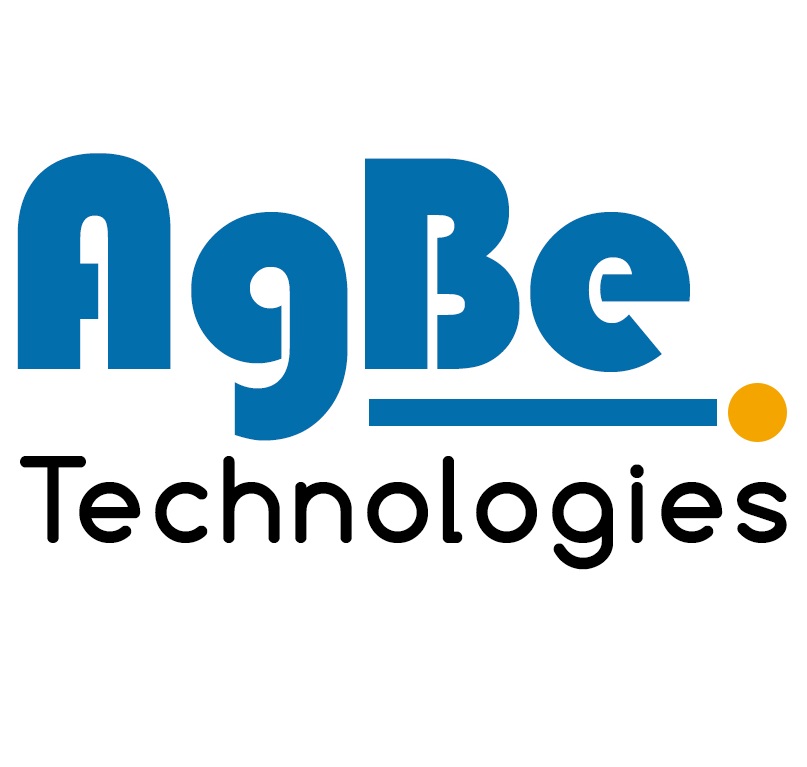Docker is introduced in 2013 and is considered as a most loved developer tool. Docker Index in February 2021 edition provides insight into trends in application development. It clearly shows Docker momentum continues to grow as shown in Figure 1 and how do containers are being used as shown in Figure 2.


There is no denying the fact that developing apps includes tasks beyond coding. Each software lifecycle stage has a different framework, architectures, and interfaces that make the task of the developer more complex. Docker simplifies the developer task by giving them the freedom to choose tools and deployment environments for each project.
The process of developing containers on Docker is based on a number of steps. For developing containers, we search for images in the local Docker library. Docker offers images command lists locally to create a Docker container. However, if the required image is not available, it can be downloaded from the central Docker repository. The next step is to build a container as well as formulate necessary changes. The whole process is shown in Figure 3.

‘One Codebase Many deploys’ philosophy help developers by giving them support for instant application portability by lending themselves to Continuous Integration/Continuous Deployment (CI/CD).
Docker and Microservices
Docker rise proves a boon for microservices as it started getting attention when the docker was introduced and many companies around the world are shifting from a standalone architecture to micro-service architecture. It ensures the Agile Development of software applications in both simple and complex domains. The standalone ability or independent nature of microservices open doors for the following benefits [3]:
- Reduces complexity by allowing developers to break into small teams, each of which builds/maintains one or more services
- Reduces risk by allowing deployment in chunks rather than rebuilding the whole application for every change
- Easy maintenance by allowing flexibility to incrementally update/upgrade the technology stack for one or more services, rather than the entire application in a single point in time
- In addition, it gives flexibility to build services in any language, thereby making it language independent, it also allows you to maintain separate data models of each of the given services
Dockers and Startups
If the apps do not require high storage or high-security concerns, docker helps in resolving many problems that startups are facing as listed below:
- “Configure once… Run anything” by handling inconsistency in the environment.
- Security concerns addressed by isolation
- Modularity helps to achieve complex changes
- Helps in faster delivery
- Handling increasing customer demand is easy with docker
Jenkins, Kubernetes, and Dockers
It is wrong to compare Dockers with Jenkins and Kubernetes. They are not direct competitors. Docker is a containerization platform, and Kubernetes is a container orchestrator for container platforms like Docker. Containers are not easy to manage at volume in a real-world production environment. Containers at volume need an orchestration system. Kubernetes system helps to handle a large volume of users by handling authentication, security, and by balancing the load. Kubernetes and Docker are both industry standards in their respective core areas of expertise, and together they provide a well-integrated platform for container management, deployment, and orchestration at scale. Later versions of Docker have built-in integration with Kubernetes. This feature enables development teams to more effectively automate and manage all the containerized applications that Docker helped them build.
On the other hand, Jenkins is the continuous integration tool that helps the organization in software development procedures by automation. With Jenkins, companies can stimulate the software development process through automation. Jenkins can enhance the development life-cycle processes of all kinds, including build, document, test, package, stage, deploy, static analysis, and much more.
At AgBe, we worked on agile methodology and according to budget, features, scalability, robustness, our teams used Jenkins.
References:



